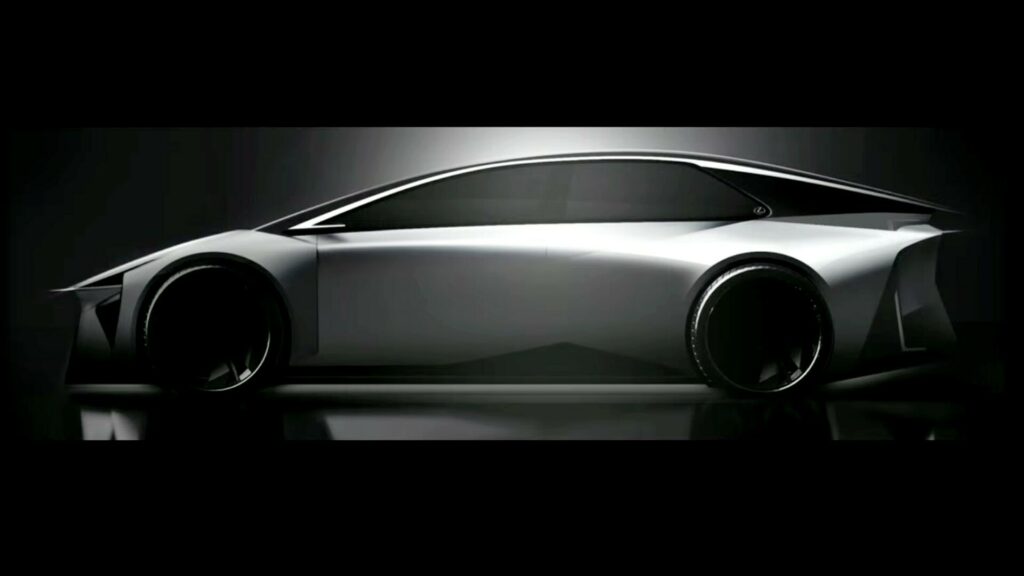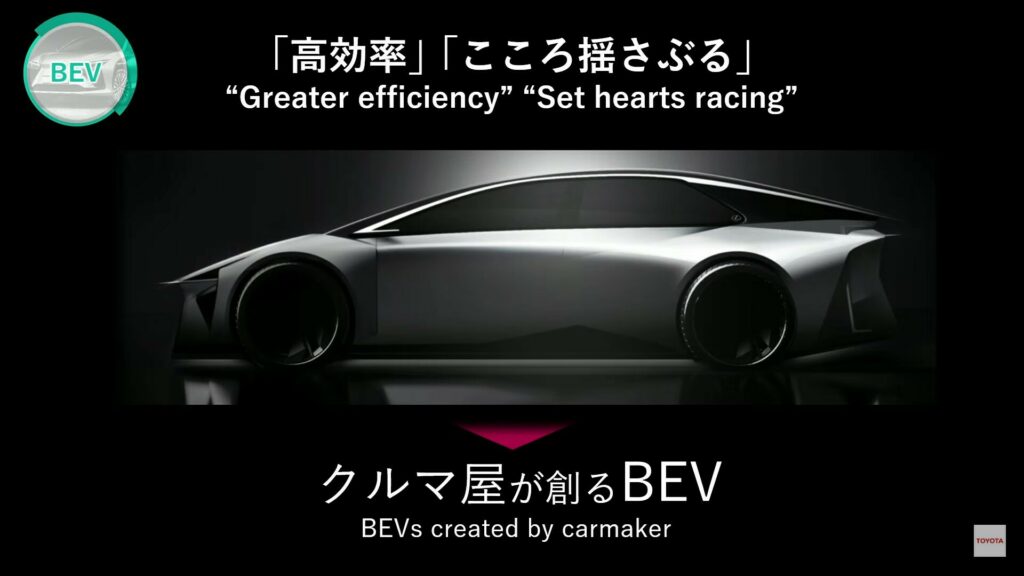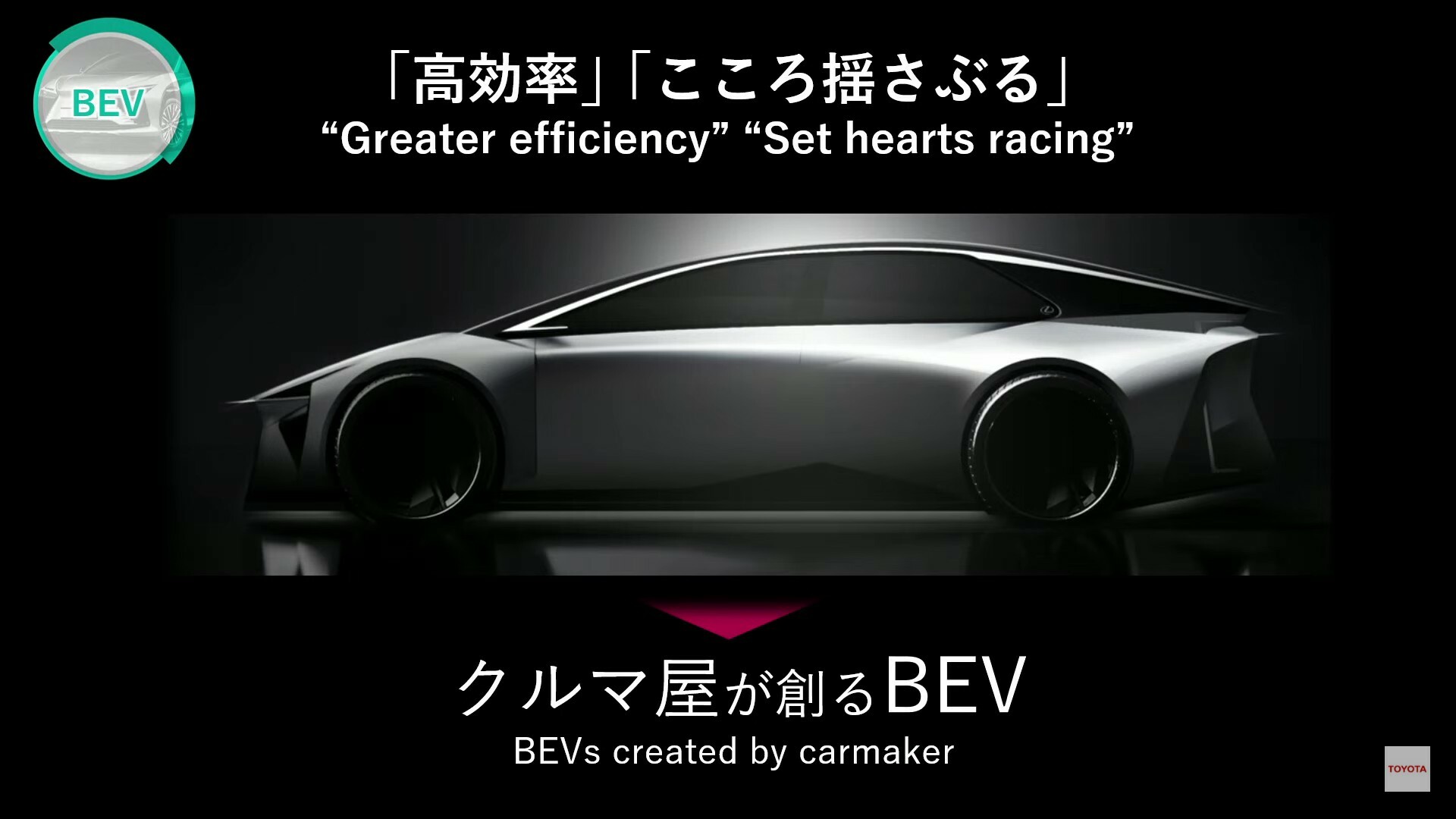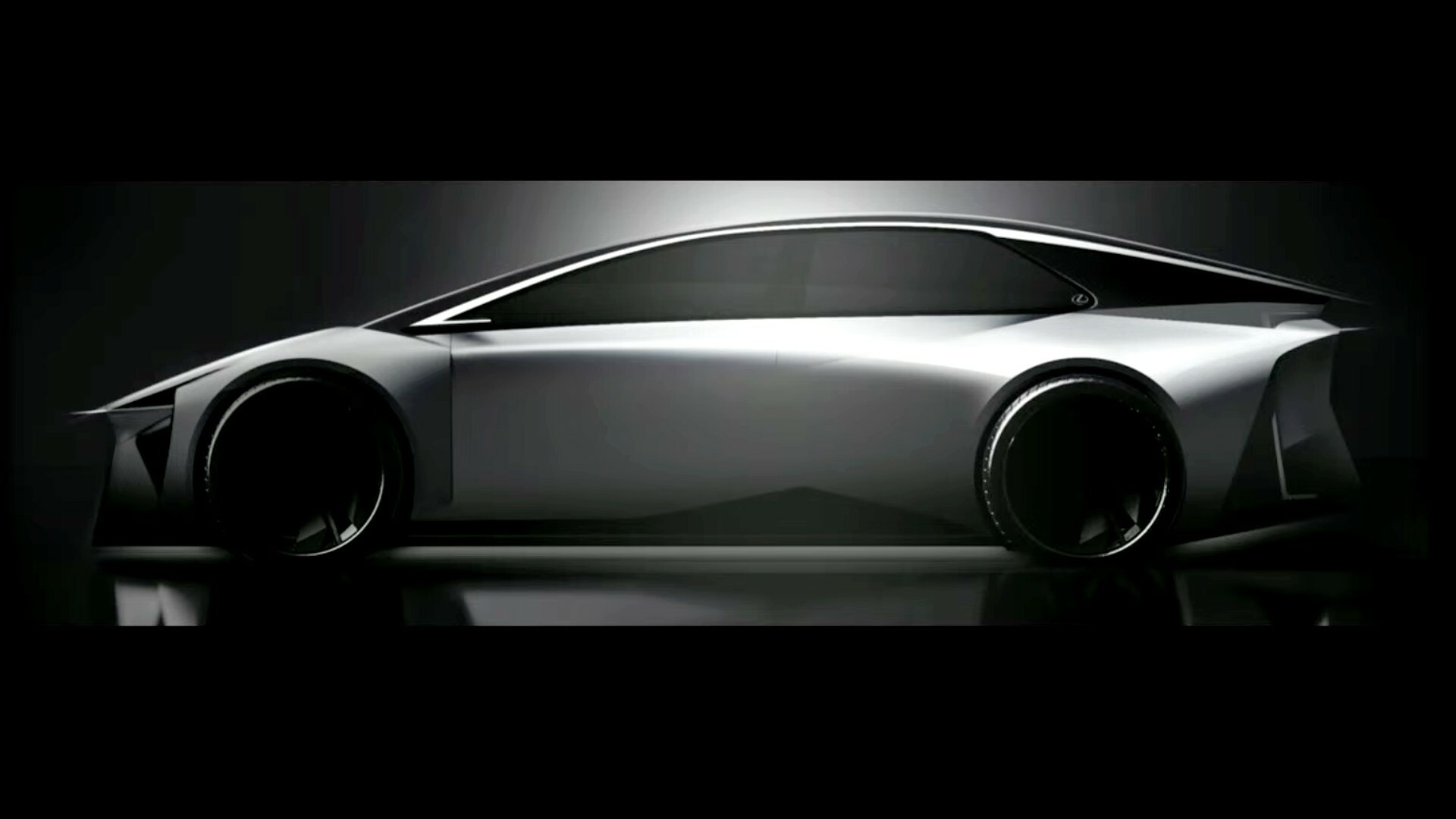Toyota has unveiled its new electrification strategy under the leadership of President Koji Sato who replaced Akio Toyoda on April 1, 2023. While the company plans to continue offering vehicles with various types of powertrains, it has put a greater emphasis on the development of battery electric vehicles (BEVs) compared to the previous management. This “multi-pathway approach” reflects Toyota’s commitment to meeting the diverse needs of customers while also advancing sustainable mobility solutions.
During the presentation, Sato announced that Toyota plans to launch 10 new battery electric vehicles (BEVs) by 2026, with the aim of significantly expanding the company’s zero-emission range. This move is essential for Toyota to keep up with its rivals, as its current range of zero-emission vehicles lags behind many of them. Although Toyota did not mention its previous target of selling 3.5 million BEVs annually by 2030, the company estimates it will sell 1.5 million BEVs per year by 2026. This represents a significant increase over the 22,500 BEVs Toyota sold in 2022.
Among the new EVs there will be a new 3-row SUV coming in 2025 which will be produced in the US, with batteries sourced from the North Carolina plant. Toyota is also developing two new EVs for China set to be launched in 2024, joining the bZ4X SUV and the bZ3 sedan in the local market. Finally, a small EV and fully electric pickup trucks for Asia and other emerging markets will enter production by the end of 2023. While no further details were provided about the rest of the upcoming models, Toyota has already previewed some of them as concepts, including the Tacoma EV, the Crown EVs, and the bZ Compact SUV.
Read: Toyota Might Be Considering A Dedicated EV Platform As Part Of New Strategy

Hiroki Nakajima, Executive Vice President of Toyota, discussed the company’s plans for its next-generation battery electric vehicles (BEVs), which are slated to arrive after 2026. These BEVs will differ significantly from current models, combining greater efficiency with even more exciting driving characteristics. Specifically, Nakajima noted that the next-gen EVs will offer “double the range by using batteries with far greater efficiency.” He also promised that their designs and driving performance will be impressive, saying they will “set hearts racing.” As a teaser for these forthcoming models, a Lexus-branded sketch appeared on the screen depicting a low-slung fastback with sharp styling cues.
To bring these plans to fruition, Nakajima announced the formation of a new, specialized unit at Toyota. This unit will be led by a “single leader with full authority” and will be responsible for all aspects of the development, production, and business operations related to electric vehicles. Described as an “all-in-one team,” this unit will handle every function related to EVs.
In addition to its focus on BEVs, Toyota will continue to make its hybrid vehicles more efficient and affordable, while offering plug-in hybrids with an extended EV-only range of over 200 km (124 miles). It will also continue pursuing the development of hydrogen and other alternative fuels. The latter could help to reduce emissions not only in future models but also in the existing vehicle fleet. Toyota’s efforts to advance these technologies, along with the transformation of its entire manufacturing process and supply chain, will contribute to the company’s long-term goal of achieving carbon neutrality by 2050.
Large SUVs And Pickups For America, Driver-Orientated Cars For Europe
Furthermore, Yoichi Miyazaki, Executive Vice President of Toyota, outlined the company’s focus points for each region. In Europe, Toyota will emphasize styling and driving performance, while in China the focus will be on electrification. For Japan, Toyota will concentrate on developing compact vehicles and minivans, while in North America, the emphasis will be on large SUVs and pickups. Finally, for the global south regions, Toyota’s focus will be on quality, reliability, and affordability.
By focusing on the specific needs and priorities of each region, Toyota hopes to develop vehicles that meet the diverse needs of customers around the world and become a leader in the global mobility market.
You can watch the entire press briefing for the new organization policy of Toyota Motor Corporation in the video below.











